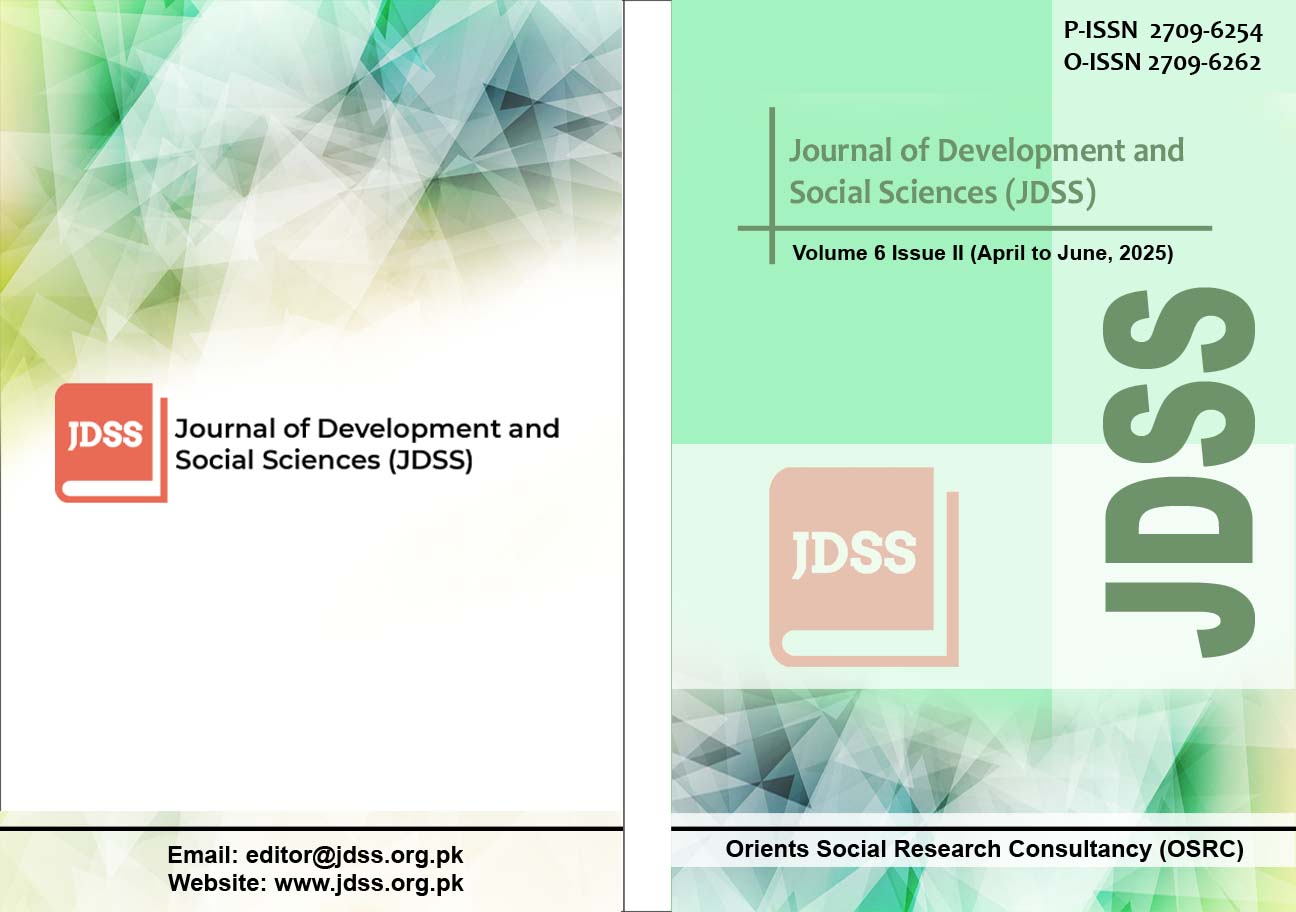Analyzing the Laws and Practices of Disputes Resolutions in Bilateral Investments: A Case Study of China Pakistan Economic Corridor (CPEC)
DOI:
https://doi.org/10.47205/jdss.2025(6-II)27Keywords:
Pakistan, China, International Investments, China Pakistan Economic Corridor, Dispute Resolution MechanismsAbstract
The China Pakistan Economic Corridor (CPEC) prove to be an important component of China's Belt and Road Initiative (BRI) and potentially revolutionize regional connectivity, drives economic growth, and enhances intra-Asian trade. But the project also has major issues, like concerns about politics, security and the absence of dispute resolution mechanisms between local investors and foreign investors. This article examines and evaluates the laws and practices related to dispute resolutions in Pakistan and China particularly the bilateral investment agreements pertaining to CPEC. It reviews how disputes are handled among all the parties involved, including government, private sector entities, and local communities. This study also establishes the significance of having clear, fair, and workable mechanisms of dispute resolution systems that could resolve conflicts emerging during the various phases of a project. The research findings show that the initiative holds the potential to generate economic growth, create jobs, and strengthen regional integration, but this will only happen if critical risks are addressed.
Downloads
Published
Details
-
Abstract Views: 372
PDF Downloads: 183
How to Cite
Issue
Section
License
Copyright (c) 2025 Journal of Development and Social Sciences

This work is licensed under a Creative Commons Attribution-NonCommercial 4.0 International License.

ORIENTS SOCIAL RESEARCH CONSULTANCY (OSRC) & Journal of Development and Social Sciences (JDSS) adheres to Creative Commons Attribution-Non Commercial 4.0 International License. The authors submitting and publishing in JDSS agree to the copyright policy under creative common license 4.0 (Attribution-Non Commercial 4.0 International license). Under this license, the authors published in JDSS retain the copyright including publishing rights of their scholarly work and agree to let others remix, tweak, and build upon their work non-commercially. All other authors using the content of JDSS are required to cite author(s) and publisher in their work. Therefore, ORIENTS SOCIAL RESEARCH CONSULTANCY (OSRC) & Journal of Development and Social Sciences (JDSS) follow an Open Access Policy for copyright and licensing.







